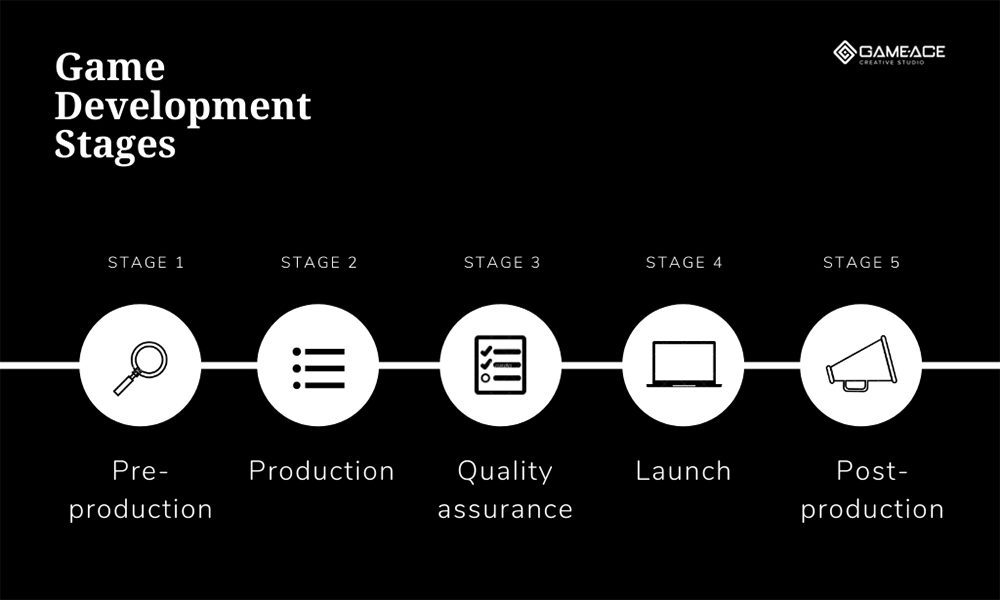Game engines are software frameworks that facilitate video game creation, providing developers with a streamlined process that saves time and resources. A rendering engine is responsible for graphics, lighting and visual effects, while a physics engine handles game components like gravity and object movement. An audio engine controls sound and music, while the input system manages user input. Scripting engines facilitate object logic and behavior by offering custom code solutions. 2D game engines are easier for beginners to use, while 3D engines require advanced programming skills. Game development platforms, such as Unity and Unreal Engine, offer game editors, multiplayer support and asset libraries.
Behind the Scenes of Game Development: Understanding Game Engines
Game development is an incredibly complex and sophisticated process that involves multiple stages and a large team of experts. From conceptualizing the game idea to testing and releasing the final product, everything requires extensive effort and coordination. One of the most critical components of game development is a game engine. A game engine is essentially software that enables game developers to create immersive and interactive game environments.
In this article, we’ll take a deep dive into game engines and explore how they impact the game development process. We’ll cover everything from the basics of game engines to their key components and the different types available. So let’s get started!
What is a Game Engine?
At its core, a game engine is a software framework that facilitates the creation of video games. It provides developers with the tools and resources necessary to design, develop, and deploy a game. Think of a game engine as a toolbox: just as you need certain tools to build a house or fix a car, game developers need certain tools to build a game.
The main purpose of a game engine is to streamline the game development process. Without a game engine, developers would need to create everything from scratch, including the graphics, physics, sound effects, and more. Game engines provide pre-built components that can be easily integrated into the game, saving developers time and resources.
Key Components of a Game Engine
A game engine typically consists of several key components. These include:
1. Rendering Engine: The rendering engine is responsible for the graphics and visual elements of the game. It takes care of rendering 3D models, textures, lighting, and other visual effects.
2. Physics Engine: The physics engine handles the laws of physics within the game. It takes care of things like gravity, collisions, and object movement.
3. Audio Engine: The audio engine is responsible for the sound effects and music in the game. It includes features like 3D sound positioning and sound effects processing.
4. Input System: The input system handles user input, such as keyboard, mouse, or controller inputs. It translates these inputs into actions within the game.
5. Scripting Engine: The scripting engine is responsible for the logic and behavior of objects within the game. It enables developers to create custom code and script interactions between objects.
Types of Game Engines
There are several types of game engines available, each with their unique features and benefits. The three most common types are:
1. 2D Game Engines: 2D game engines are specifically designed for 2D games, such as side-scrolling platformers. They offer a simplified development process and are often more accessible to beginners.
2. 3D Game Engines: 3D game engines are used for creating fully immersive 3D games, such as first-person shooters or open-world games. They require advanced programming skills and are often more complex than 2D game engines.
3. Game Development Platforms: Game development platforms are not technically game engines but include additional features like game editors, asset libraries, and multiplayer support. Examples include Unity and Unreal Engine.
How Game Engines Impact Game Development
Game engines play a critical role in the game development process. They enable developers to create immersive and interactive game environments more efficiently, saving time and resources. Additionally, game engines provide a consistent and reliable framework that developers can use to ensure their games work well across multiple platforms.
However, game engines also have their limitations. They often come with a learning curve, requiring time and effort to master. Additionally, game engines can be restrictive, limiting the types of games developers can create. In some cases, developers may need to build custom components or systems outside of the game engine to achieve their desired results.
Conclusion
Game engines are a vital component of video game development. They provide the tools and resources necessary to create immersive and interactive game environments, streamline the development process, and ensure consistency across multiple platforms. While game engines have their limitations, they remain essential to the game development community and continue to evolve to meet the changing demands of the industry.
